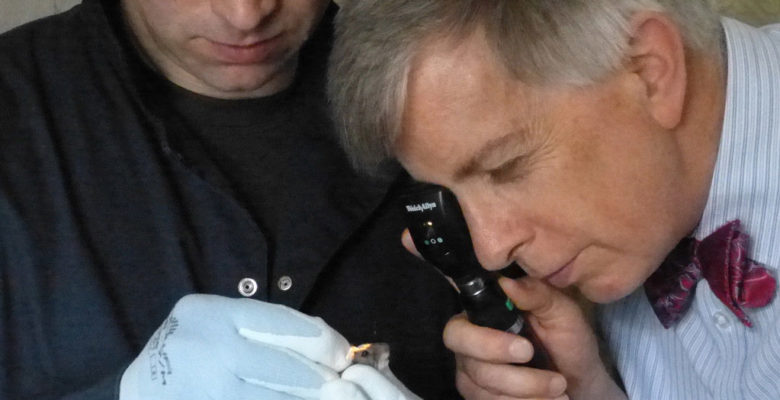Investigation of the radiation impact on the murine
In July-August 2018, the Chornobyl Center for Nuclear Safety, Radioactive Waste and Radioecology together with the scientists from the Salford University and the Center for Ecology and Hydrology of Great Britain conducted the regular joint research in the framework of the long and multidisciplinary research project TREE. This time the main research object was the mouse-like rodents living in the contaminated areas, and the main goal was to assess the radiation impact on their populations. The results of the previous studies gave grounds for more comprehensive approach to their study. Ten specialists from the United Kingdom and three specialists from the Chornobyl Center focused on the following indicators: species diversity and abundance of animals, the sex and age structure and reproductive status of the populations, the radiation contamination of animals, the composition and structure of blood cells, the presence of ecto- and endo- parasites, the immunological indicators, the presence of cataracts, etc. In addition, under the real conditions, the testing and adjustment of a new gamma-beta spectrometer developed by the British specialists for evaluation of the small mammals population were continued. The animals were caught at 16 sites with the similar natural and different radiation characteristics. At this stage, the primary information and samples were collected, the further work will be carried out in the laboratory during the year. The results obtained will not only answer the questions raised and will be published, but will also serve to develop the further scientific relationships.

















